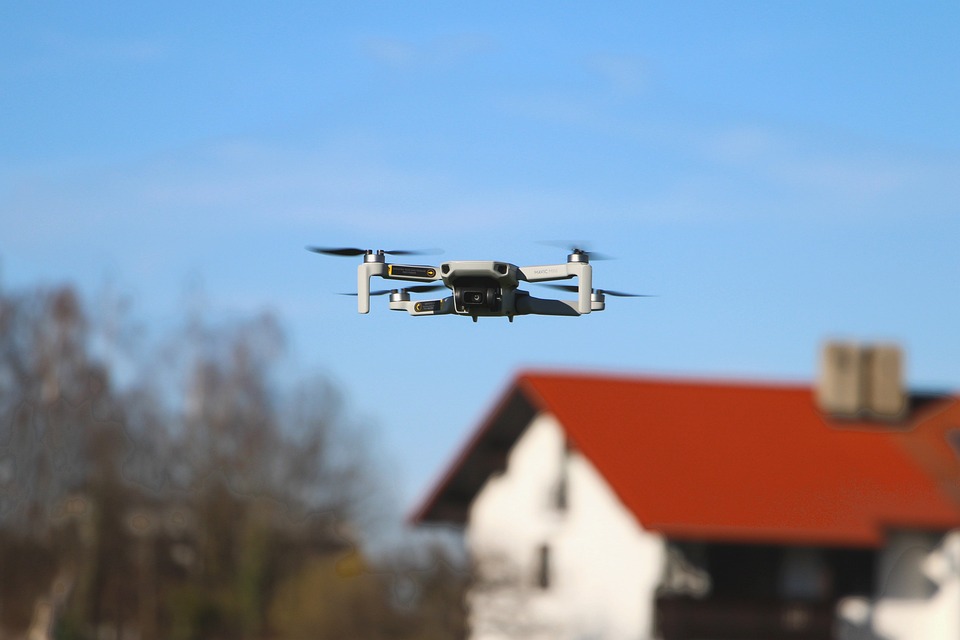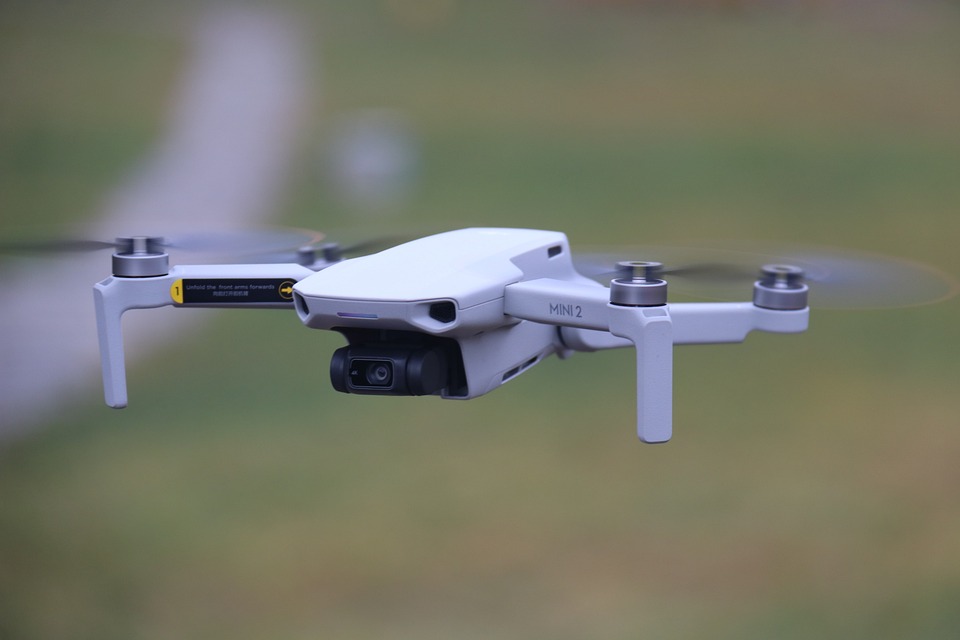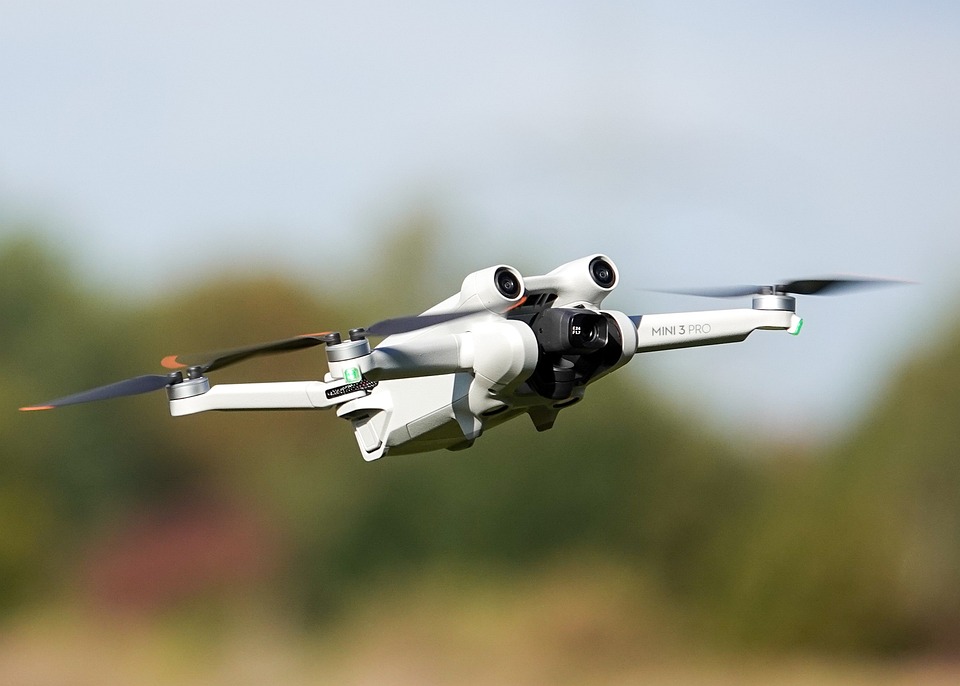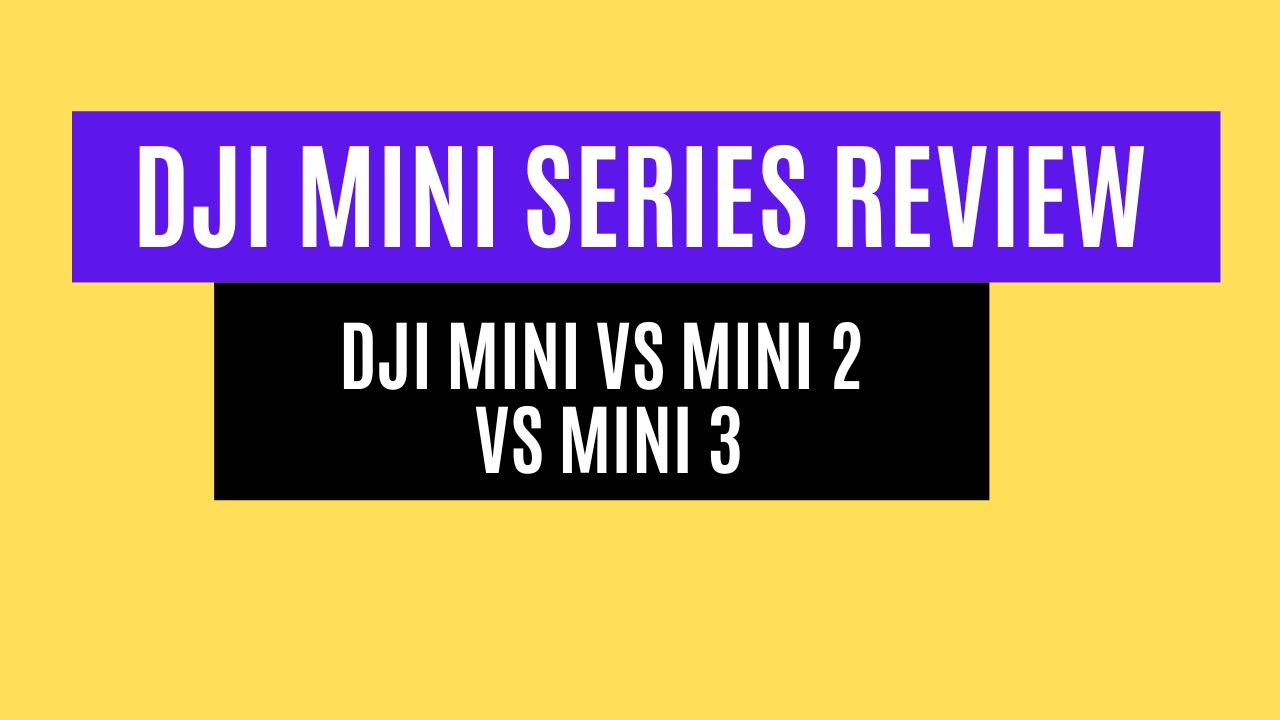The DJI Mini series has revolutionized the world of consumer drones with their blend of affordability, portability, and performance.
Since the release of the first DJI Mini, the brand has consistently improved the technology, providing consumers with high-quality drones at a relatively low price point.
In this review, we will compare the different models in the DJI Mini series: the original DJI Mini, the DJI Mini 2, and the DJI Mini 3, highlighting their features, strengths, and what sets them apart from each other.
The DJI Mini: A Game-Changer for Consumer Drones

The original DJI Mini, released in late 2019, was a game-changer in the drone market.
Prior to its launch, most drones in the consumer space were either too expensive for casual users or too bulky for those looking for portability. The Mini addressed both of these issues, offering a compact design with impressive features for a fraction of the price of high-end drones.
With a 12MP camera and 2.7K video resolution, the Mini was designed for users who wanted to explore drone photography without breaking the bank. Weighing in at just 249 grams, it didn’t require FAA registration, which made it even more appealing for beginners.
The DJI Mini 2: A Step Up in Performance

The DJI Mini 2, which launched in late 2020, brought several key upgrades to the table.
First and foremost, the Mini 2 offered a 4K camera, an improvement over the original Mini’s 2.7K resolution. This change was significant for those seeking higher-quality video and more detail in their shots.
The Mini 2 also featured improved battery life, offering up to 31 minutes of flight time compared to the Mini’s 30 minutes.
While the Mini 2 retained the same compact size and ease of use as its predecessor, it introduced 10 km of transmission range, a noticeable improvement over the original Mini’s 4 km range.
With OcuSync 2.0 technology, the Mini 2’s transmission system was far more stable and reliable, even in areas with interference.
The DJI Mini 3: The Ultimate Upgrade

Then came the DJI Mini 3, released in early 2023. The Mini 3 introduced a variety of enhancements that made it stand out from both the Mini and Mini 2.
One of the most notable upgrades was the camera, which now featured a 4K HDR video system, making it a great option for those looking for more advanced footage.
The Mini 3 also boasted a larger 1/1.3-inch sensor compared to its predecessors, allowing for better low-light performance and enhanced dynamic range. This improvement was especially beneficial for capturing high-quality shots in challenging lighting conditions.
Additionally, the Mini 3 came with longer battery life, offering up to 38 minutes of flight time with the standard battery.
The Mini 3 was also the first model in the series to feature vertical shooting capabilities, making it an excellent choice for creators who want to capture vertical video for platforms like Instagram and TikTok.
Another significant upgrade was the addition of Tri-Directional Obstacle Sensors, which made the Mini 3 safer and more intelligent in flight. These sensors helped the drone avoid obstacles in all directions, offering a level of safety that wasn’t available on earlier models.
Direct Comparison of DJI Mini Series Models
Now that we’ve discussed the individual features of each model, let’s dive into a direct comparison of their key specifications to help you decide which one is right for you.
Camera Performance
In terms of camera capabilities, the DJI Mini 3 offers the best performance. With its 4K HDR video and 1/1.3-inch sensor, it outshines both the original Mini and the Mini 2, especially in low-light situations.
The Mini 2 comes in second, offering 4K video resolution with a smaller sensor, while the original Mini falls behind with its 2.7K resolution and standard 12MP camera.
If camera quality is a priority for you, the Mini 3 is the clear winner, followed by the Mini 2, with the original Mini being a more affordable, entry-level option for casual users.
Battery Life
When it comes to flight time, the Mini 3 has a clear edge with its 38-minute flight time, compared to the 31 minutes of the Mini 2 and the 30 minutes of the original Mini.
While the differences in battery life are relatively small, it’s worth considering if you plan to use the drone for longer flights or extended aerial photography sessions.
Longer flight times also contribute to greater stability and allow you to capture more footage without worrying about recharging as frequently.
Safety Features
The Mini 3 introduces a significant improvement in safety with its Tri-Directional Obstacle Sensors, which are absent in both the original Mini and the Mini 2.
These sensors help prevent collisions by detecting obstacles from the front, rear, and bottom of the drone. This added safety makes the Mini 3 more reliable for newer drone pilots and seasoned flyers alike.
The Mini 2 does offer basic downward sensors, but the original Mini has the least robust safety features, which could be a consideration for those flying in more complex environments.
Portability and Design
All three drones in the Mini series share a similar compact design, which makes them incredibly portable and easy to carry.
Each model is under 250 grams, so they don’t require FAA registration, which is a big plus for casual drone enthusiasts.
The size and weight are ideal for travelers who need a lightweight drone for capturing stunning aerial shots while on the go. In terms of portability, there’s little difference between the three models, but the Mini 3’s added features, like vertical shooting, might make it more versatile for certain users.
Which DJI Mini Drone is Right for You?
Choosing the right drone from the DJI Mini series ultimately depends on your needs and priorities.
If you’re a beginner or someone on a budget, the original DJI Mini offers great value with its compact size, ease of use, and decent camera quality at an affordable price point. It’s perfect for those who want to dip their toes into the world of drones without making a significant investment.
For those who want a bit more performance, especially in the camera department, the DJI Mini 2 is a solid choice. It’s perfect for users who want to shoot 4K video and benefit from the improved transmission range and battery life. It’s a great step up from the original Mini without breaking the bank.
Finally, if you’re looking for the ultimate experience in the DJI Mini series, the DJI Mini 3 is the top-tier option. It offers superior camera quality, longer battery life, advanced safety features, and the ability to shoot vertical video, making it the best choice for content creators and drone enthusiasts who want the latest and greatest technology in a small, portable package.
No matter which model you choose, the DJI Mini series has something for everyone, from casual hobbyists to professional content creators. Each iteration has its own set of strengths, and as technology continues to improve, the Mini series will likely remain a popular choice for drone enthusiasts worldwide.

